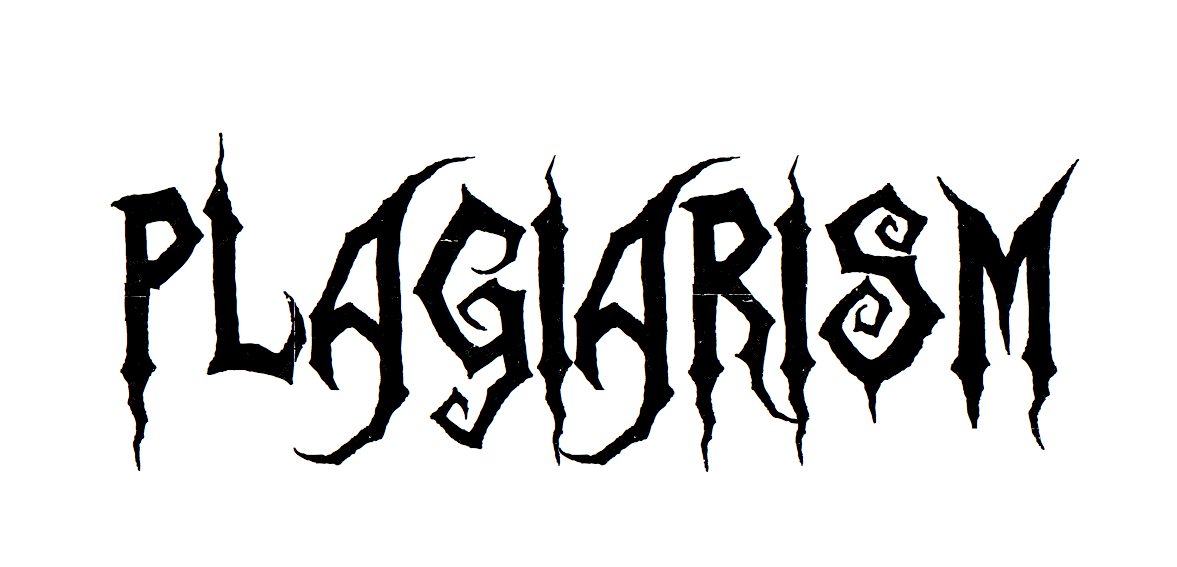What is Plagiarism?
Many people think of plagiarism as copying another's work or borrowing someone else's original ideas. But terms like "copying" and "borrowing" can disguise the seriousness of the offense:
In other words, plagiarism is an act of fraud. It involves both stealing someone else's work and lying about it afterward.
But can words and ideas really be stolen?
According to U.S. law, the answer is yes. The expression of original ideas is considered intellectual property and is protected by copyright laws, just like original inventions. Almost all forms of expression fall under copyright protection as long as they are recorded in some way (such as a book or a computer file).


All of the following are considered plagiarism:
- turning in someone else's work as your own
- copying words or ideas from someone else without giving credit
- failing to put a quotation in quotation marks
- giving incorrect information about the source of a quotation
- changing words but copying the sentence structure of a source without giving credit
- copying so many words or ideas from a source that it makes up the majority of your work, whether you give credit or not (see our section on "fair use" rules)
Most cases of plagiarism can be avoided, however, by citing sources. Simply acknowledging that certain material has been borrowed and providing your audience with the information necessary to find that source is usually enough to prevent plagiarism. See our section on citation for more information on how to cite sources properly.

What about images, videos, and music?
Using an image, video or piece of music in a work you have produced without receiving proper permission or providing appropriate citation is plagiarism. The following activities are very common in today’s society. Despite their popularity, they still count as plagiarism.- Copying media (especially images) from other websites to paste them into your own papers or websites.
- Making a video using footage from others’ videos or using copyrighted music as part of the soundtrack.
- Performing another person’s copyrighted music (i.e., playing a cover).
- Composing a piece of music that borrows heavily from another composition.

Certainly, these media pose situations in which it can be challenging to determine whether or not the copyrights of a work are being violated. For example:
- A photograph or scan of a copyrighted image (for example: using a photograph of a book cover to represent that book on one’s website)
- Recording audio or video in which copyrighted music or video is playing in the background.
- Re-creating a visual work in the same medium. (for example: shooting a photograph that uses the same composition and subject matter as someone else’s photograph)
- Re-creating a visual work in a different medium (for example: making a painting that closely resembles another person’s photograph).
- Re-mixing or altering copyrighted images, video or audio, even if done so in an original way.

I would like to give you some more examples like:
Why is plagiarism considered to be such a serious offence
In academic culture new ideas 'belong' to their creator. Proper and complete citations assist individual creators to retain ownership rights to their work. When sources are not properly acknowledged, a creator's right of ownership is threatened. Secondly, citing sources enables readers of your paper to review the research that you read when initially preparing your paper, and to therefore trace the path of your argument more effectively.
At the university level plagiarism can undermine the credibility of research done at academic institutions, and therefore universities have little tolerance for this type of behavior.

What are the consequences of plagiarism?
Depending on the case, penalties for academic dishonesty at SFU are very severe and range from reprimand, to failure in a course, to suspension. I strongly suggest that you don't do it!



No comments:
Post a Comment